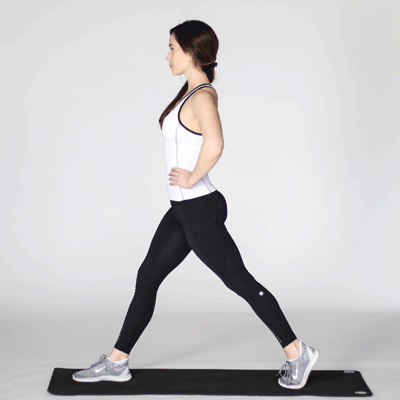A painful chair massage focusing on deep back and shoulder areas is often a therapeutic approach that targets muscle tension and knots through deep tissue techniques. While the term “painful” may sound intimidating, it’s important to note that this kind of massage typically involves a level of discomfort aimed at providing long-term relief and improved muscle function.
What is a Chair Massage?
A chair massage is performed on a specially designed chair where the client sits, often leaning forward with their face resting in a cradle. This position provides easy access to the back, neck, shoulders, and arms without requiring the removal of clothing.
Deep Back and Shoulder Massage
A deep massage specifically targeting the back and shoulders aims to:
- Relieve Muscle Tension: Prolonged sitting, poor posture, or physical activity can lead to tightness and knots in these areas. Deep massage helps loosen these tight spots.
- Increase Circulation: By applying firm pressure, the massage encourages blood flow to the muscles, promoting healing and relaxation.
- Improve Flexibility: It can restore range of motion by addressing stiffness in the back and shoulder muscles.
- Address Chronic Pain: Deep tissue work can be beneficial for people suffering from chronic back pain or conditions like frozen shoulder.
Why is it Painful?
- Targeting Trigger Points: A deep massage often involves pressure on “trigger points,” which are hyper-irritable spots in the muscle. These can be quite tender but releasing them can reduce pain and improve mobility.
- Breaking Down Adhesions: The therapist may work to break down adhesions (scar tissue or stiff muscle fibers) in the fascia, which can be uncomfortable.
- Depth of Pressure: Deep tissue techniques use more forceful strokes compared to a gentle relaxation massage, which can lead to temporary discomfort.
Common Techniques Used
- Kneading: Deep, circular motions to loosen muscle fibers.
- Thumb or Elbow Pressure: Concentrated pressure applied to knots or trigger points.
- Stripping: Running along the length of the muscle fibers to release tension.
- Cross-Fiber Friction: Working across muscle fibers to break adhesions.
Preparation and Aftercare
- Before the Massage:
- Inform the therapist about any medical conditions or areas of sensitivity.
- Stay hydrated to help your muscles respond better.
- During the Massage:
- Communicate with the therapist. If the pressure is too much, let them know. Discomfort is expected, but sharp pain is not.
- After the Massage:
- Drink plenty of water to flush out toxins released from the muscles.
- Apply a warm compress if soreness occurs.
- Rest and avoid strenuous activities for a day or two.
Benefits vs. Discomfort
While the discomfort during a deep back and shoulder massage can feel intense, the long-term benefits often outweigh the temporary pain. These include:
- Reduced muscle tension.
- Relief from chronic pain.
- Improved posture and flexibility.
- Enhanced sense of well-being.
Who Should Avoid Deep Massage?
- People with fractures, wounds, or severe osteoporosis.
- Pregnant individuals, unless advised by a healthcare provider.
- Those with certain circulatory or inflammatory conditions.
A deep back and shoulder chair massage can be highly effective for pain relief and muscle recovery, but it’s essential to choose a skilled therapist and communicate openly to ensure the experience is beneficial and not overly painful.



